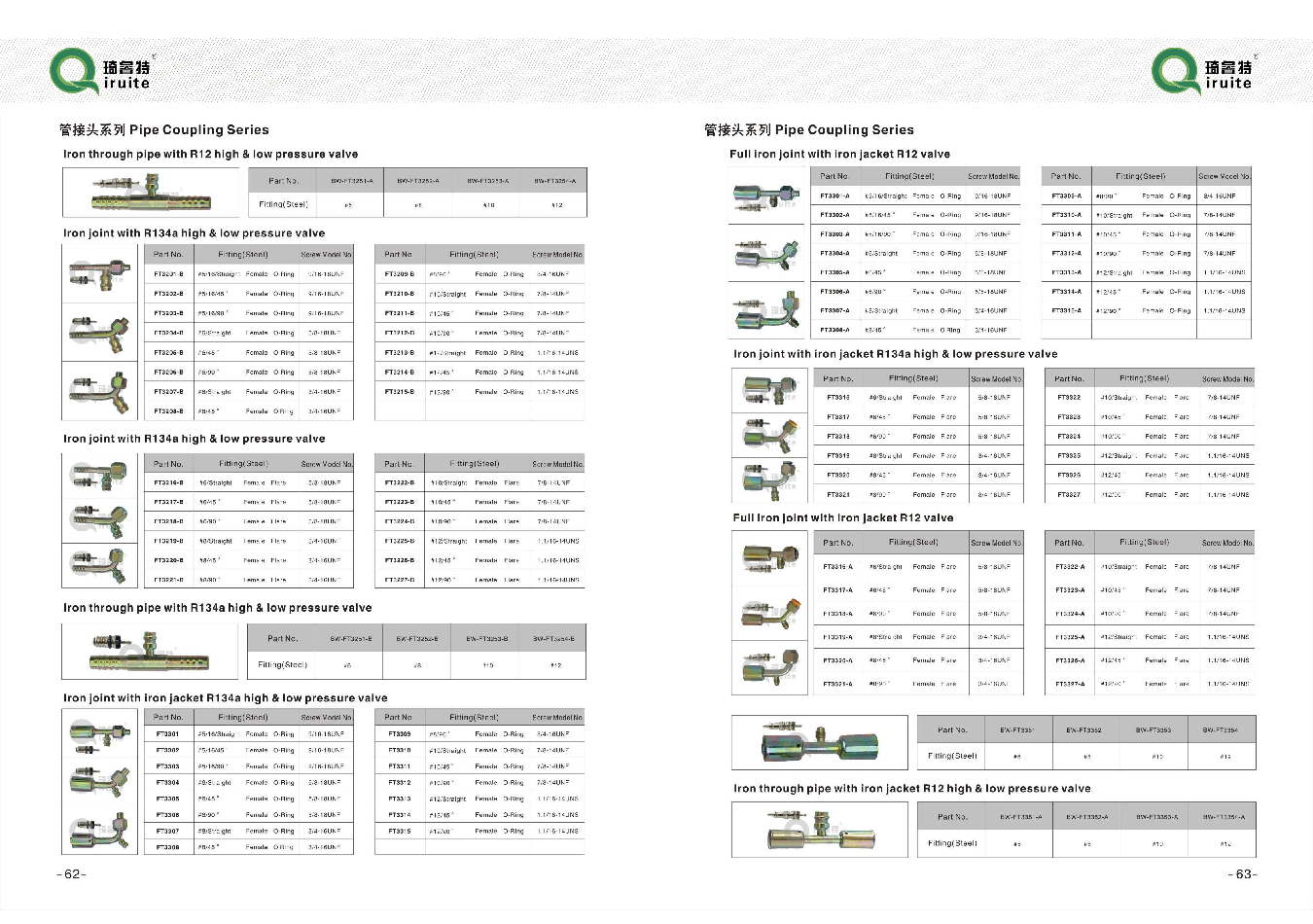how to stop power steering hose leak
How to Stop Power Steering Hose Leak
Power steering is an essential component of modern vehicles, providing the driver with the ability to steer the car with minimal effort. However, one of the most common issues that can arise is a leak in the power steering hose. A leak can lead to a decrease in steering performance, potentially making your vehicle difficult to control. Fortunately, there are steps you can take to identify and fix a power steering hose leak.
1. Understanding Power Steering Hoses
Before addressing the leak, it’s important to understand what power steering hoses are. There are typically two types of hoses in a power steering system the high-pressure hose, which carries fluid from the pump to the steering gear, and the low-pressure return hose, which sends fluid back to the reservoir. Identifying which hose is leaking is crucial for a successful repair.
2. Symptoms of a Power Steering Hose Leak
Recognizing the symptoms of a power steering hose leak is the first step. Common indicators include
- Fluid Spots Puddles or spots of power steering fluid (usually a reddish or amber color) under the vehicle. - Whining Noise A whining sound when turning the steering wheel, signaling low fluid levels. - Stiff Steering Difficulty in steering, especially at low speeds, is a clear sign that the power steering system may not be functioning correctly due to low fluid.
To confirm a leak, inspect the power steering hoses
- Look for Cracks or Frays Check both the high-pressure and low-pressure hoses for any visible damage, such as cracks, bulges, or frayed areas. - Check Connections Ensure that the connections at the ends of hoses are secure and there are no signs of leaks at the fittings. - Feel for Wetness Run your fingers along the hoses to feel for any wetness or moisture that may indicate a leak.
how to stop power steering hose leak

4. Repairing the Leak
Once you've identified the source of the leak, the next step is to determine how to repair it. Depending on the severity of the damage, you have a few options
- Tighten Connections Sometimes, a loose connection can cause a leak. Use a wrench to tighten any loose fittings on the hoses. - Use Sealant For small cracks, a power steering leak sealant may temporarily fix the problem. Follow the instructions on the product for application. - Replace the Hose If the hose is severely damaged or if the leak persists after attempting to seal it, replacing the hose may be necessary. To do this - Tools Needed Gather tools like wrenches, screwdrivers, and a jack. - Drain Fluid Before removing the hose, drain the power steering fluid from the reservoir. - Remove and Replace Detach the damaged hose, ensuring you remove all fittings. Install the new hose and tighten all connections securely.
5. Refilling and Testing
After replacing the hose, refill the power steering system with the appropriate type of fluid as specified in your vehicle’s manual. Start the engine and turn the steering wheel from lock to lock several times to eliminate air bubbles. Check that there are no leaks by inspecting the new hose and connections.
6. Regular Maintenance
To prevent future leaks, conduct regular maintenance on your vehicle’s power steering system. Check fluid levels and inspect hoses periodically for any signs of wear.
Conclusion
A power steering hose leak can compromise your ability to steer your vehicle safely. By understanding the symptoms, inspecting the hoses, and taking the appropriate steps to repair or replace them, you can ensure that your power steering system remains in good working order. Regular maintenance and vigilance will help you avoid this common yet potentially dangerous issue.
-
Reliable Brake Line Solutions for Your VehicleNewsJun.05,2025
-
Quick Fix for Leaky Air Conditioning HosesNewsJun.05,2025
-
Powerful Sewer Jetting Solutions for Tough ClogsNewsJun.05,2025
-
Power Steering Hose Problems SolvedNewsJun.05,2025
-
Hose Protectors That Actually WorkNewsJun.05,2025
-
Essential Hose Connectors for Every HomeNewsJun.05,2025

